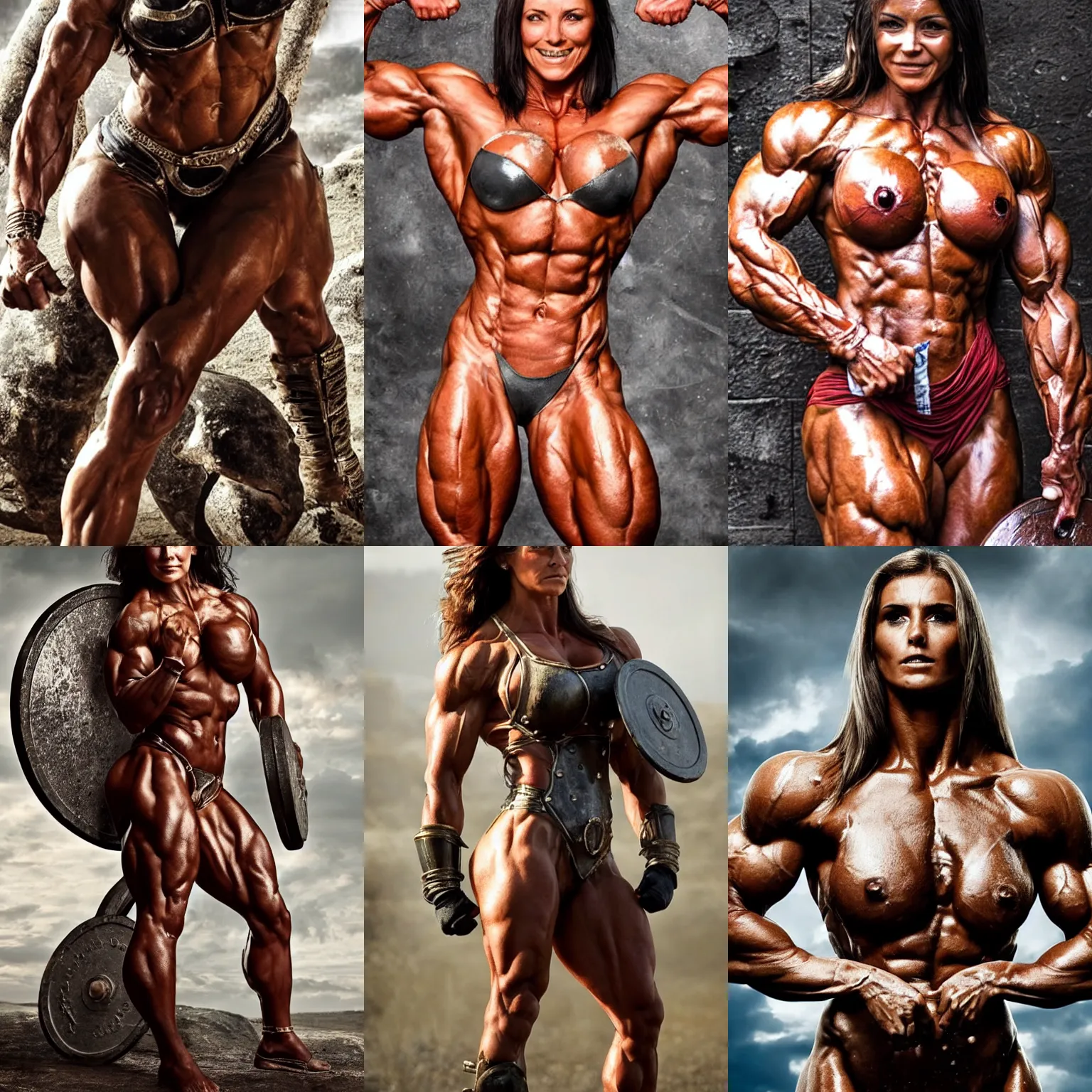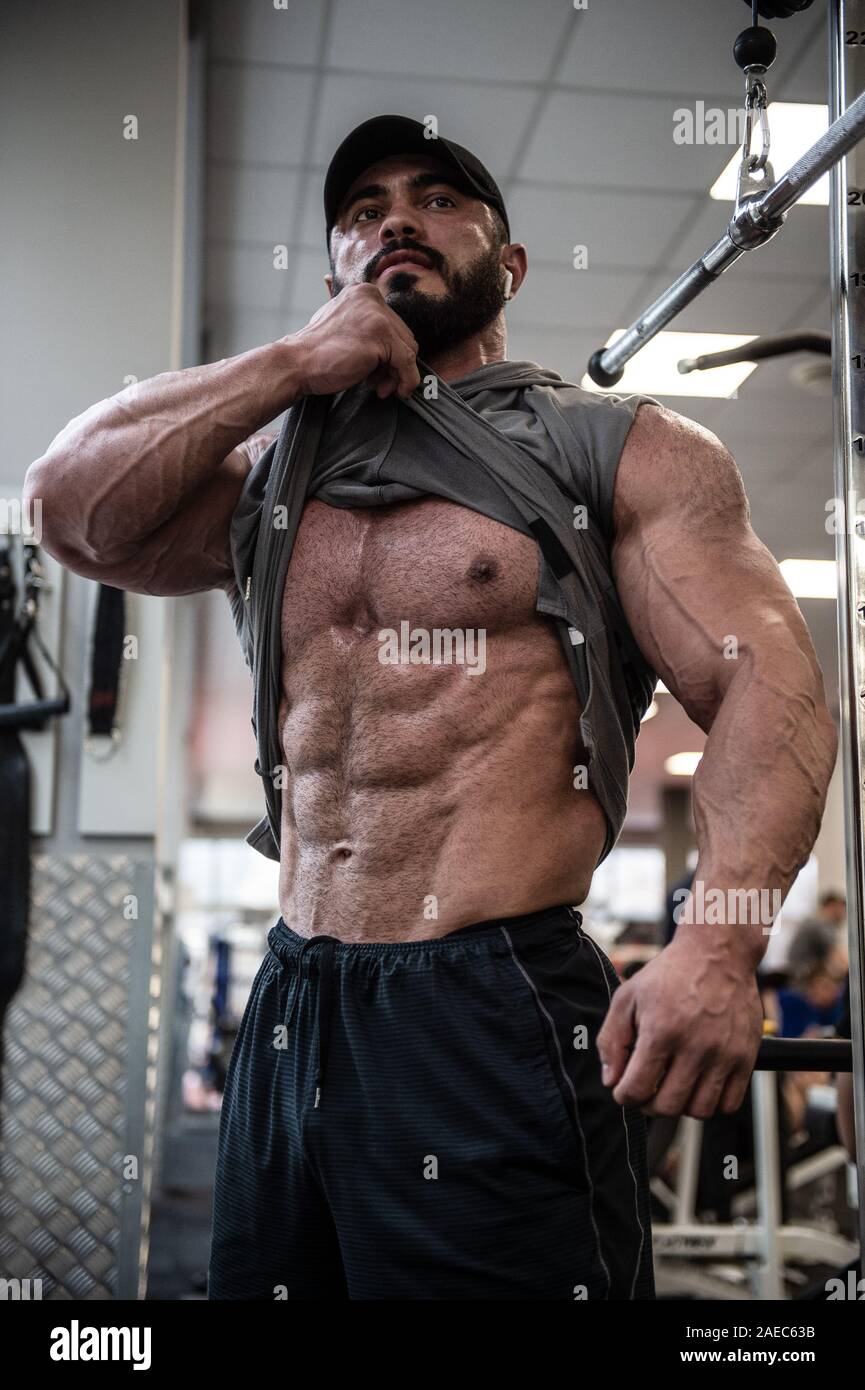Which Physique is Strongest?
The strongest physique varies depending on specific strengths and context. For raw powerlifting, a muscular and dense build is typically strongest.
Determining the strongest physique requires context, as strength manifests in various forms. For instance, a powerlifter may showcase incredible maximal strength, while a bodybuilder’s physique demonstrates a mix of strength, endurance, and aesthetics. Olympic weightlifters exhibit explosive power and control, which is crucial for their discipline.
Strongman competitors display a combination of raw strength, endurance, and the ability to handle unconventional weights. Athletes from different sports train their bodies to optimize performance in their particular field, leading to distinct physical adaptations.
Fitness enthusiasts should focus on training to suit their goals, whether that’s lifting heavy weights, maintaining a lean body, or improving overall athletic performance. Each physique, honed for its specific purpose, can be the “strongest” within its own realm.

Credit: openart.ai
The Quest For Physical Strength
Determining the strongest physique can be challenging. Different cultures have varied standards. They often measure strength in unique ways. Strength has many forms, including muscle power, stamina, and mental resilience. Historically, strong people were seen as warriors or laborers. Their bodies were built through rigorous training and manual work.
Ancient Greeks admired muscular, well-proportioned bodies, symbolizing might and beauty. The Romans valued strategic minds and endurance over sheer muscle power. Moving to the present, strongest often means lifting the heaviest weights. Strength contests and sports competitions help us find the strongest men and women today.
Measuring Strength
Determining the strongest physique can involve various strength types. Muscular endurance, explosive power, and maximum force generation are vital components. Each type paints a different picture of physical prowess.
To assess strength, professionals often use bench presses, squats, and deadlifts for metrics. These exercises gauge peak performance in controlled environments. Planks or pull-ups test muscular endurance. Vertical jumps are common for explosive power.
Yet, all measurements have drawbacks. External factors like nutrition, recovery, and training history influence results. Some methods favor those with specific body types or genetic makeups, not giving a full picture of overall strength.
The Role Of Genetics In Strength
Genetic predispositions play a pivotal role in determining overall strength. Differences in DNA can influence power and endurance abilities. Certain individuals are born with a greater propensity for building muscle. This makes them naturally stronger.
The type of muscle fibers a person has is crucial. There are two types: Type I and Type II fibers. Type I fibers are for endurance. They don’t get tired quickly. Type II fibers are for power. They work for short, fast bursts. Your genes decide the number of each fiber type you have. More Type II fibers often mean greater natural strength. This can give some people an advantage in strength-focused activities.
Training For Maximum Strength
Training for maximum strength needs a smart approach. Strength training protocols vary based on goals. Compound exercises like squats and deadlifts build raw power. Lifting heavier weights with fewer reps increases muscle strength. Each workout should focus on different muscle groups.
Strong bodies need good food and rest. Proper nutrition fuels muscle growth and repair. Protein-rich foods are your muscles’ best friend. Sleep gives your body time to recover. Without rest, muscles can’t grow stronger.
Mindset plays a huge role in strength training. Believing in your ability to grow stronger is key. Setting clear goals keeps you on track. Stay patient and consistent. Gains take time and effort. Remember, a strong mind builds a strong body.
Comparing Different Physiques
Bodybuilders train for muscle size and symmetry. Their goal is to achieve an aesthetic physique. Powerlifters focus on lifting maximum weight in the squat, bench press, and deadlift. They build raw strength rather than muscle appearance.
Strongman competitors must be versatile. They lift heavy objects, pull trucks, and carry weights. Strongmen blend strength, endurance, and functional ability. Elite athletes specialize in their sports. They develop sport-specific strength, speed, and agility.
Different goals shape each physique. All show strength, but in various forms. Comparing them is not simple. Each excels in its field. Highlighting a single ‘strongest’ physique is not possible. Instead, admire the unique qualities of each.

Credit: www.123rf.com
Environmental Factors In Strength Development
Cultural influences play a significant role in shaping the strongest physique. Various communities have unique traditions that emphasize physical strength. For instance, farmers and manual laborers often develop considerable muscular strength through intense habitual work.
Geographic location contributes to strength development too. People living in high altitudes may possess greater lung capacity and endurance. Cold climates demand more energy expenditure to maintain body heat, building resilience and metabolic efficiency. Conversely, hot climates can lead to adaptability in maintaining hydration and endurance due to regular exposure to high temperatures.
The Future Of Strength Training
Strength training stands on the brink of a revolution. Revolution is driven by tech and genetics.
The advent of smart equipment has reshaped how we build muscle. Machines now adapt to our bodies. This change ensures we grow stronger, faster.
Next, we delve into genetic engineering. Scientists now tweak genes for more power. They target muscle growth and stamina. This science may create the ultimate athletes.
With these innovations, the strongest physique is evolving. It’s not just about lifting more. It’s about smarter and safer ways to train.

Credit: www.alamy.com
Frequently Asked Questions
What Determines The Strongest Physique?
The strongest physique is typically determined by a combination of muscle mass, overall body composition, and functional strength. Genetics, training regimen, and diet are critical factors that influence an individual’s physical strength.
Who Holds The Title Of The World’s Strongest Person?
The title of the world’s strongest person is often associated with winners of competitions like the World’s Strongest Man. As of my knowledge cutoff in 2023, Tom Stoltman holds the title, victorious in the 2021 and 2022 events.
Can Body Type Influence Strength Levels?
Yes, body type can significantly influence strength levels. Endomorphs tend to have higher fat accumulation, mesomorphs easily gain muscle, and ectomorphs are leaner. Each body type responds differently to training, affecting potential strength outcomes.
How Do Powerlifters Train For Strength?
Powerlifters train for strength by focusing on compound movements like squats, deadlifts, and bench presses. Their training involves high intensity, low repetitions, progressive overload, and adequate rest periods to maximize muscle and strength gains.
Conclusion
Determining the strongest physique depends on multiple factors, including genetics, training, and diet. Each body type has its strengths and maximizing potential requires a tailored approach. Embrace your unique build, work hard, and remember that strength manifests in various forms.
Stay consistent in your fitness journey, and the results will follow.







